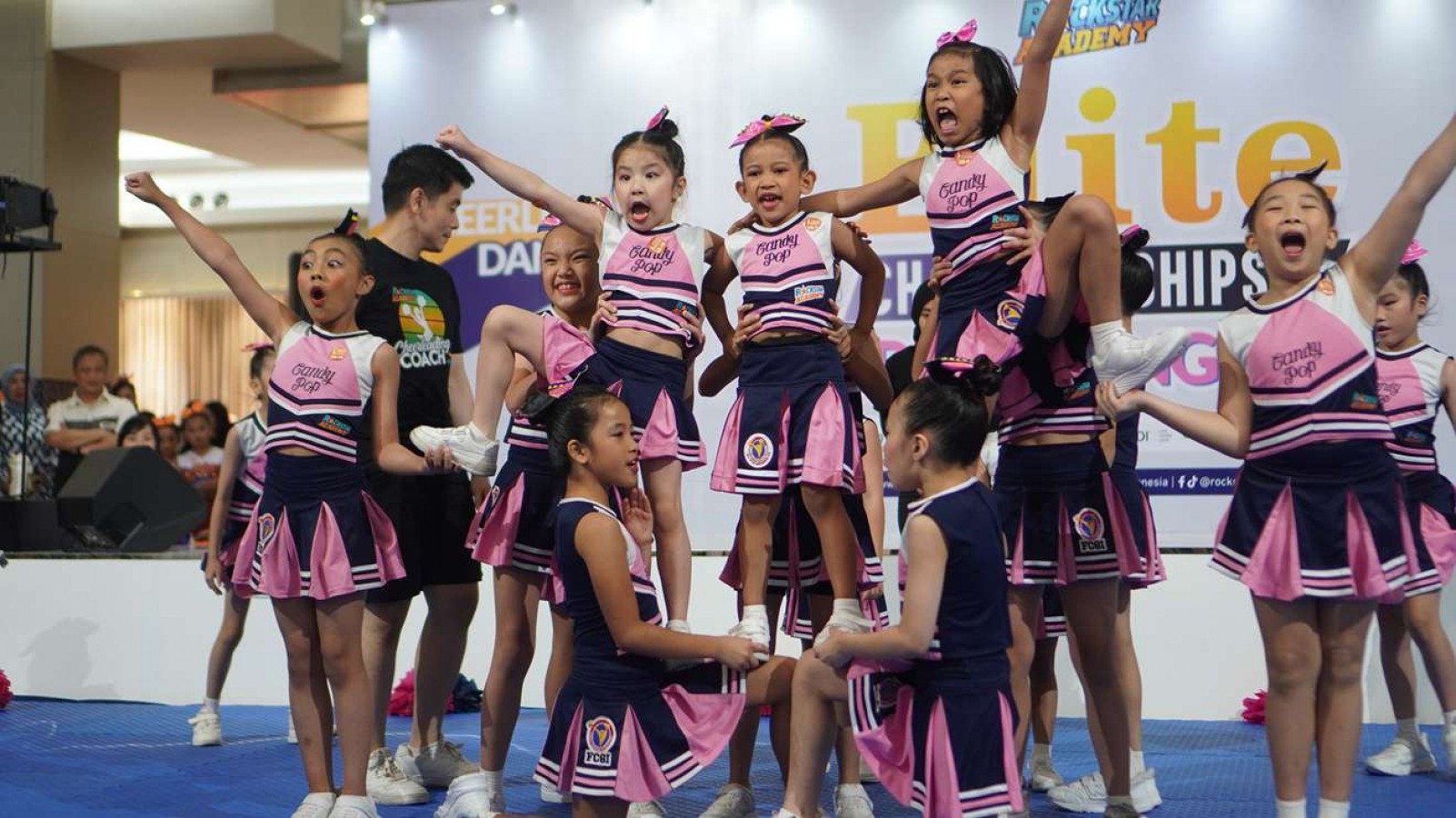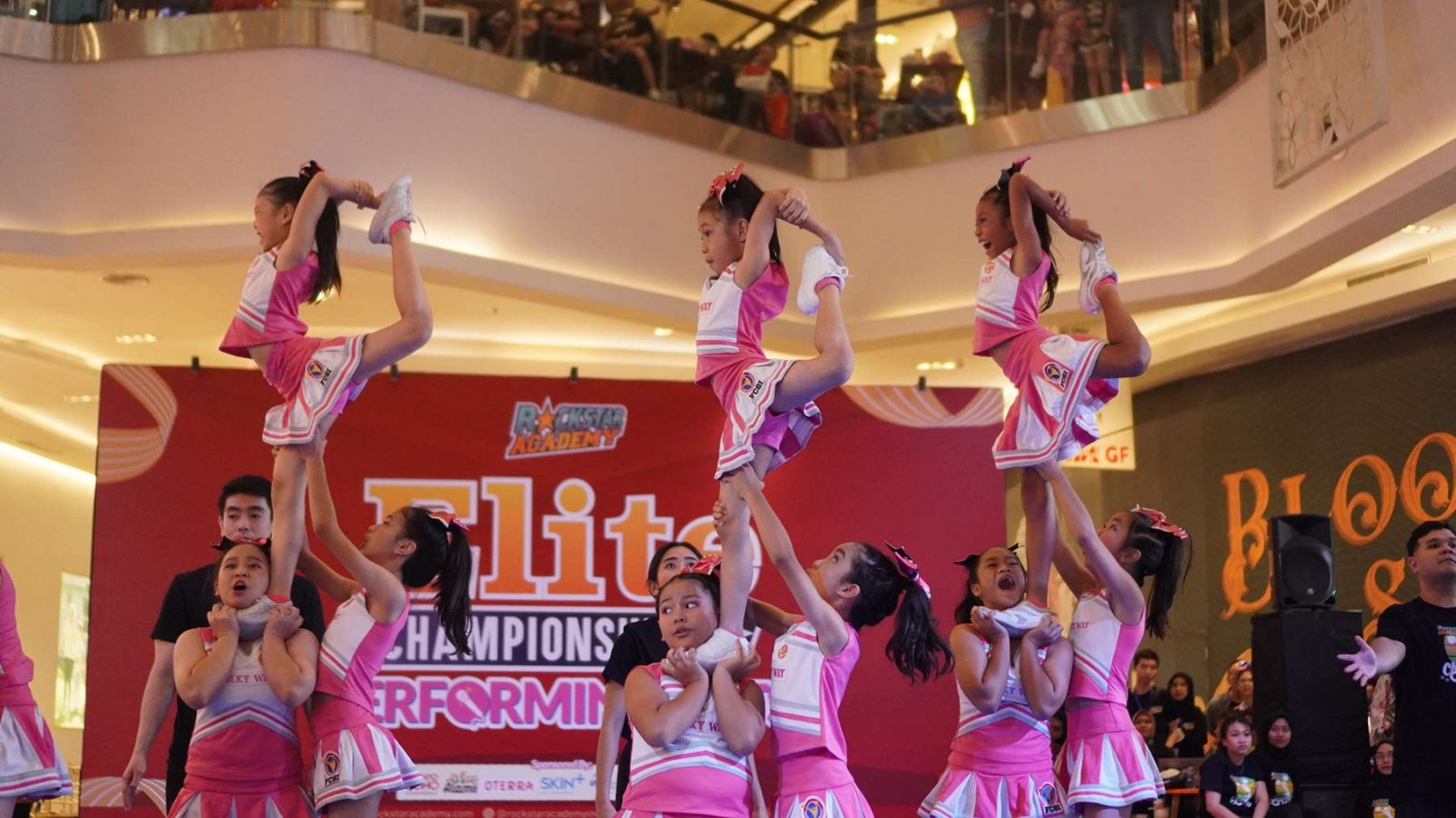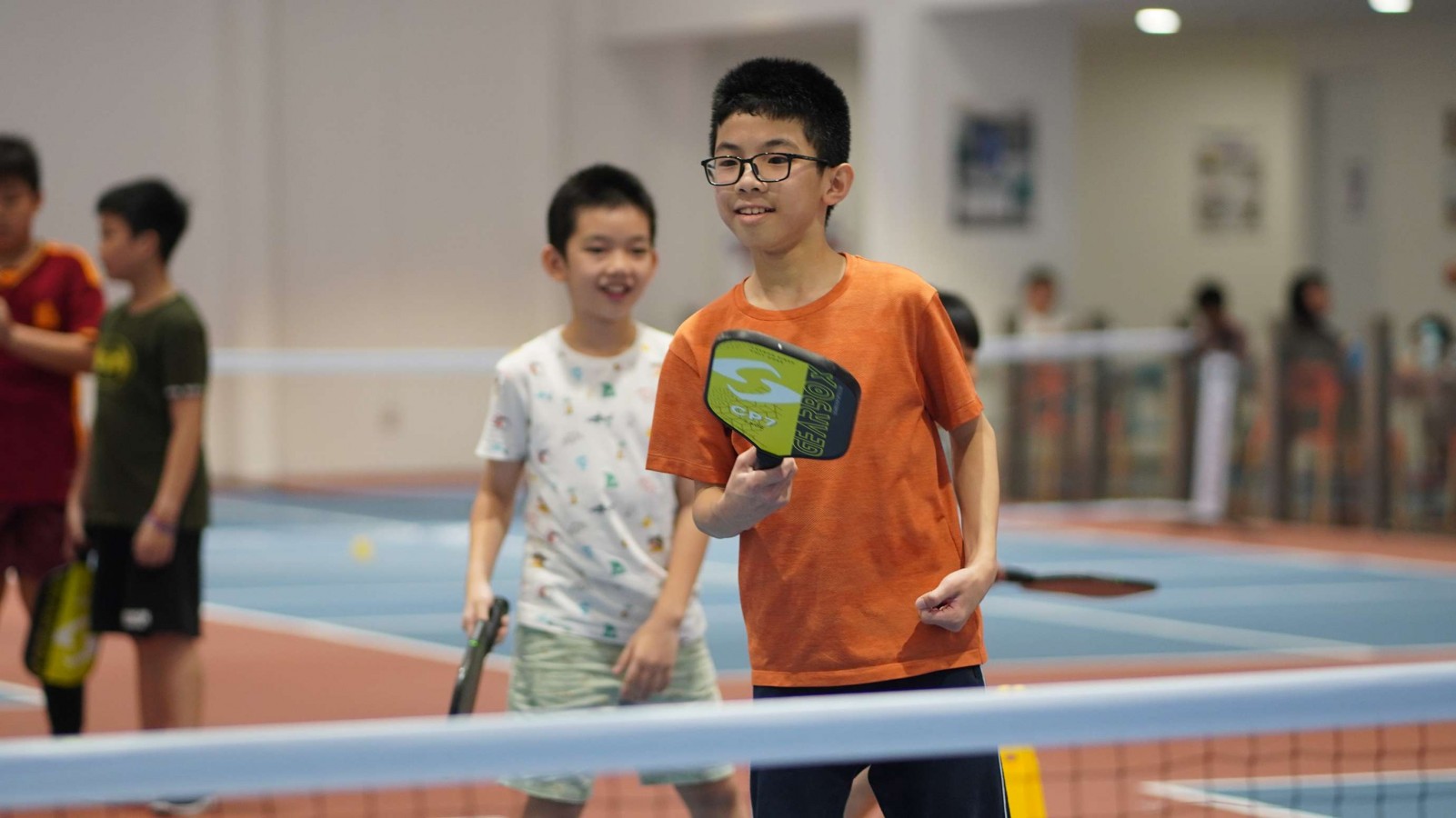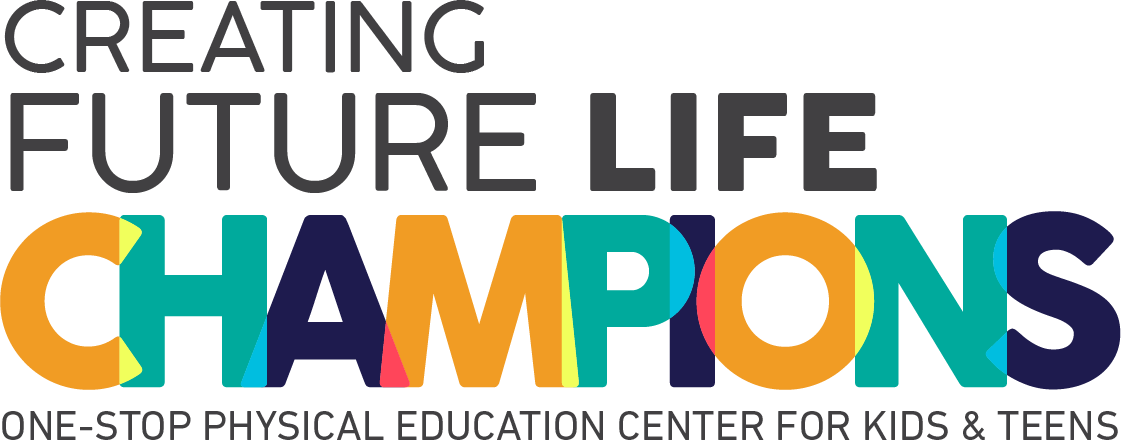The Benefits of Learning Indonesian Cultural Dance for Children

Have you ever seen children perform an Indonesian cultural dance like the Balinese Legong, the Javanese Gambyong, or the Saman dance from Aceh? When kids learn traditional dances, they’re also connecting with rich stories, vibrant traditions, and deep cultural values.
In this article, we’ll explore the benefits of cultural dance, especially Indonesian traditional dance, and how it helps children grow stronger, smarter, more confident, and better connected to the world around them.
10 Benefits of Cultural Dance for Children
Indonesian cultural dances may look graceful, but they actually offer lots of benefits for children. Here are full explanations on benefits of cultural dance for children:
1. Improves Flexibility and Coordination
Traditional Indonesian dances are rich in stylized, expressive movements that challenge the body’s range of motion. Children learn to stretch and control their limbs in unique ways that improve their overall flexibility.
For example, in the Javanese court dances such as Bedhaya and Gambyong, dancers are required to perform smooth, flowing motions with curved arms and carefully positioned hands. These dances focus on grace, control, and fluid transitions, which stretch and loosen joints and muscles.
2. Boosts Motor Skills and Body Awareness
Cultural dance is one of the best ways to support motor skill development in children, especially at a young age. It enhances both gross motor skills, which involve larger body movements and fine motor skills, which include detailed, controlled actions like finger gestures and facial expressions.
Take the Tari Piring (Plate Dance) from West Sumatra, for example. In this dance, performers hold ceramic plates in both hands while executing intricate, rapid footwork and turns. It helps children refine their balance and foot control while strengthening their upper body coordination.
3. Enhances Memory and Focus
Every Indonesian traditional dance has a specific structure. Dancers must remember choreography sequences, timing, facial expressions, and hand gestures. That’s a lot for a young brain to handle, and it’s an excellent workout for short- and long-term memory!
4. Boosts Language and Listening Skills
Many Indonesian cultural dances are closely tied to traditional songs, chants, and regional languages. When children practice these dances, they’re also exposed to linguistic elements that enrich their language development.
Dancers must listen carefully to vocal cues while moving, training their auditory processing and ability to understand sound patterns. They also often learn the meanings of certain words or phrases in Balinese, Acehnese, or Javanese.
5. Supports Pattern Recognition and Math Concepts
Dance is a concept that directly supports early math skills. When children practice dances that follow repeating patterns or symmetrical sequences, they learn how to predict what comes next, recognize structures, and understand timing in counts or beats.
Teachers often count the steps out loud (“1-2-3-4!”), which helps children understand rhythm and reinforces numerical awareness. This rhythmic counting also mirrors basic multiplication and division concepts, like counting in groups or identifying even numbers.
6. Develops Emotional Regulation
Through dancing, children must learn to manage emotions that naturally arise, such as nervousness before a performance, frustration when learning complex moves, or disappointment when making a mistake.
They not only master the dance but also learn to handle their frustration calmly, listen carefully, and regulate their emotional responses. Eventually, they begin to understand that progress takes time and effort.
7. Improves Teamwork and Cooperation
Many Indonesian dances require children to work closely as a team. Whether they’re synchronizing steps in Tari Saman or arranging formations in Tari Kecak, dancers must pay attention to each other’s movements, timing, and energy.
For example, in the Saman Dance from Aceh, dancers sit in a line and clap, sway, and move in extremely fast unison. If one person is off-beat, the whole performance can become unbalanced. To succeed, children must listen carefully, watch each other closely, and cooperate with patience.
8. Encourages Cultural Appreciation and Tolerance
When children learn dances from different regions, they also learn about the local customs, values, and beliefs behind each tradition. This helps children appreciate the richness of Indonesia’s cultural diversity. Instead of seeing differences as something strange, they begin to see them as beautiful, interesting, and worth celebrating.
9. Fosters Friendships and Belonging
Cultural dance classes often become a second home for children. They laugh together during warmups, encourage each other when someone forgets a move, and celebrate every successful performance. Over time, these shared experiences turn classmates into true friends.
10. Promotes Respect for Tradition and Elders
Cultural dance is also about honoring heritage, respecting rituals, and learning from elders. In every dance class, children are taught to listen carefully to their guru tari (dance teacher), to follow traditional etiquette, and to treat cultural stories with care and respect.
Let’s Learn Cultural Dance with Rockstar Academy!
Learning cultural dance is a beautiful way for kids to grow physically stronger, mentally sharper, emotionally expressive, and socially connected. If you or your children are interested in dance, this could be the perfect time to explore their passion!
As parents, you can enroll your child in the Dance Program at Rockstar Academy—the best Sports & Performing Arts Academy that offers a wide range of exciting physical activity programs.
At Rockstar Academy, your child won’t just learn to dance, as they’ll shine on stage in the Dance Recital, showcase their talent at the Elite Championships, and experience the thrill of competing at RockOlympics.
These aren’t just performances but it will be life-changing experiences that help children discover their confidence, creativity, and true potential. And the best part? Rockstar Academy offers a free trial class, so your little star can take their first step into the spotlight with no pressure at all. Let their dance journey begin today!
FAQ
At what age can my child start learning Indonesian cultural dance?
Most children can start learning basic movements as early as age 4 or 5. At this age, they’re usually ready to follow instructions, remember patterns, and enjoy dancing in a group.
What kind of costumes or equipment are needed in cultural dance?
Many dance schools like Rockstar Academy provide or rent costumes for performances. For practice, children usually wear comfortable clothes and sometimes practice sarongs or scarves, depending on the dance.



